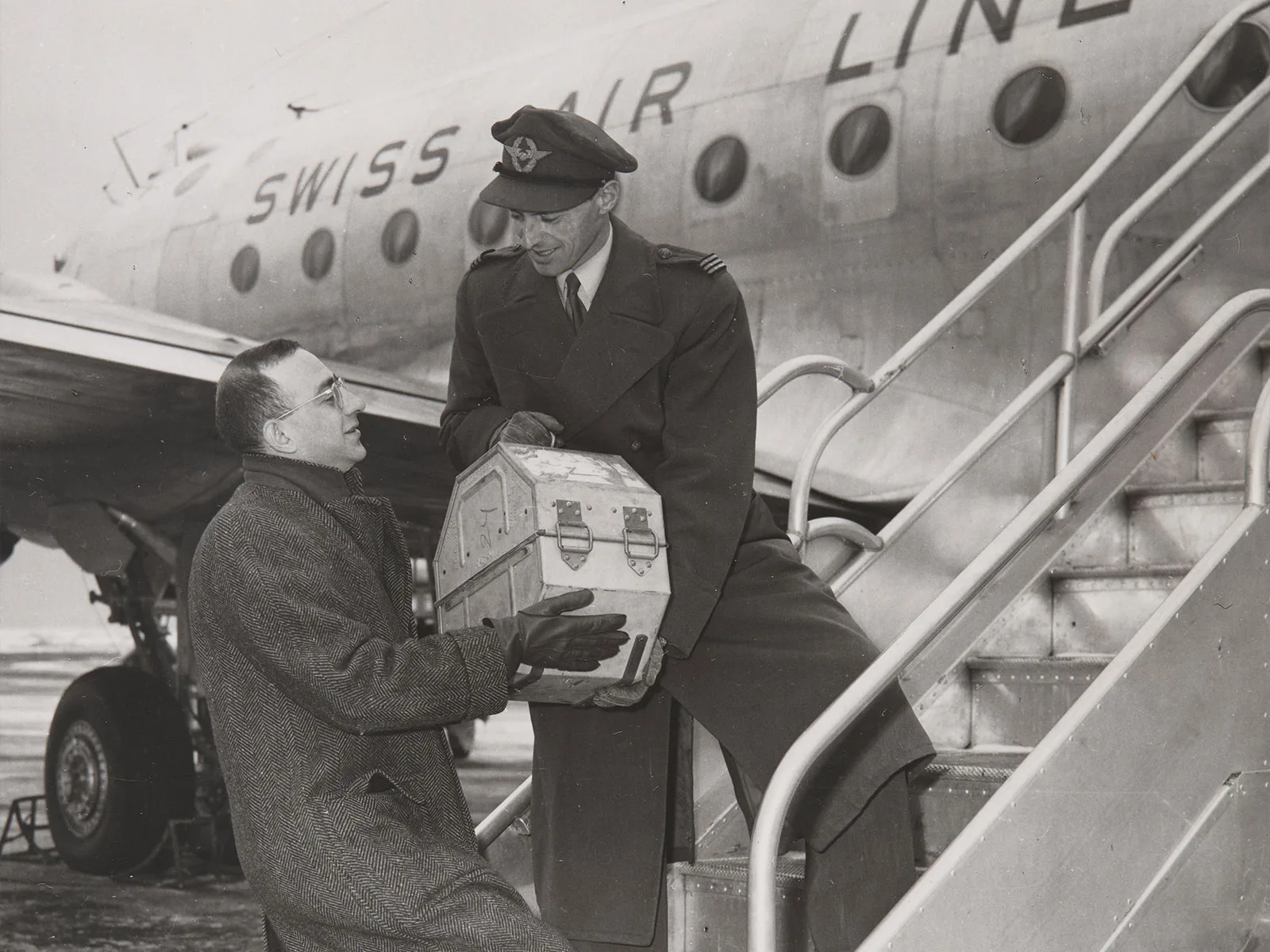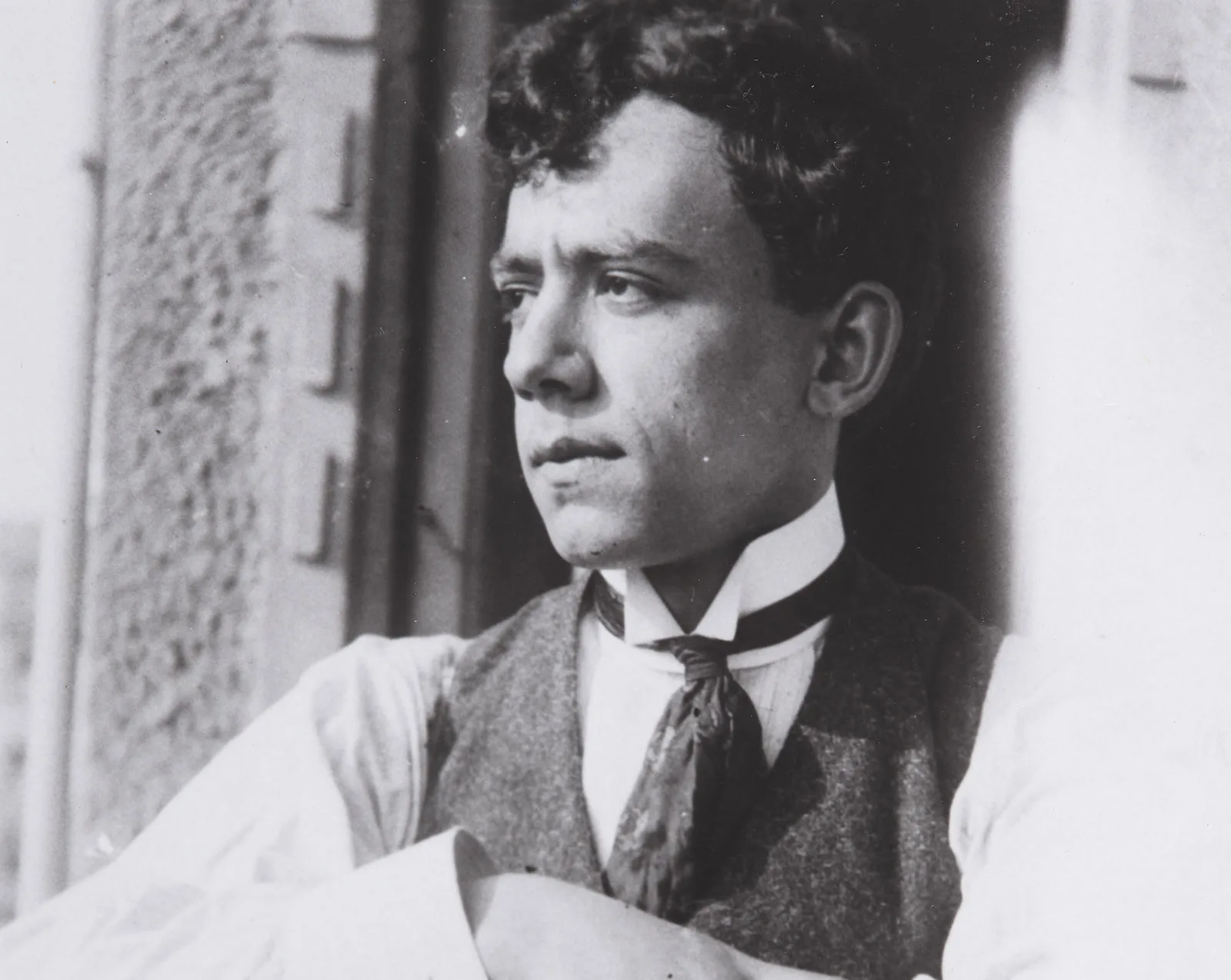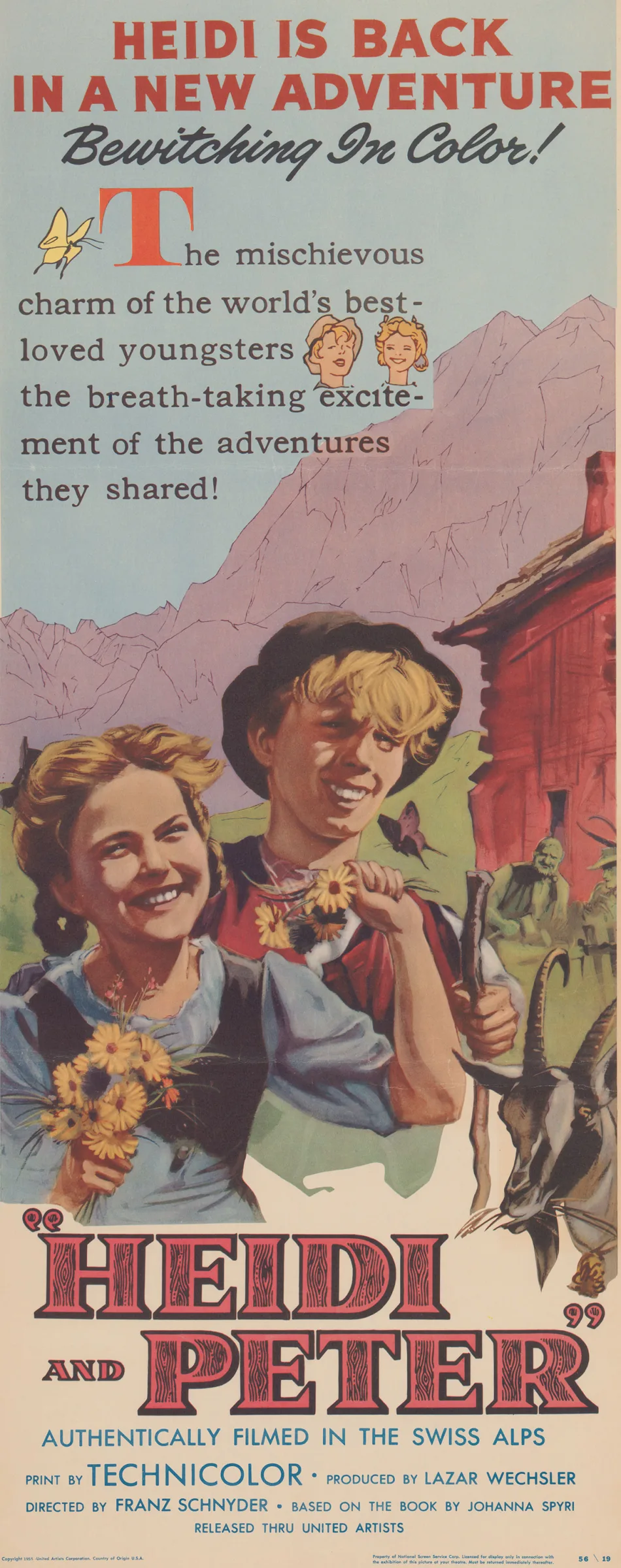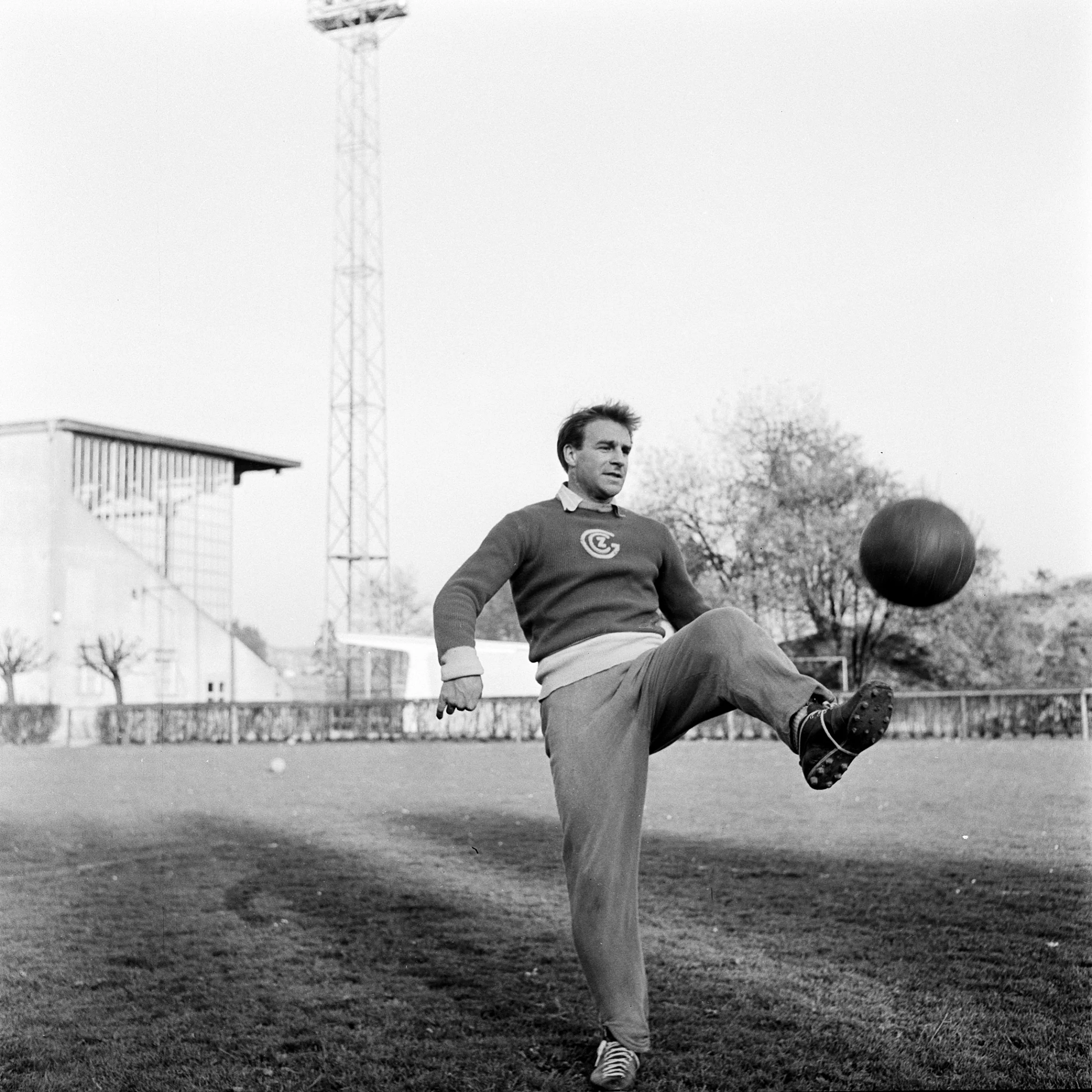
Between avant-garde and Hollywood
Praesens-Film, founded in Zurich in 1924, is the oldest film company still in existence in Switzerland. Since the late 1920s, it has been producing films that tell a piece of Swiss cultural history and reflect the times, politics and society.

Of avant-garde films and taboo subjects
Modern trailer for the film "Frauennot - Frauenglück" from 1929. YouTube / filmo
Hollywood-Flair





